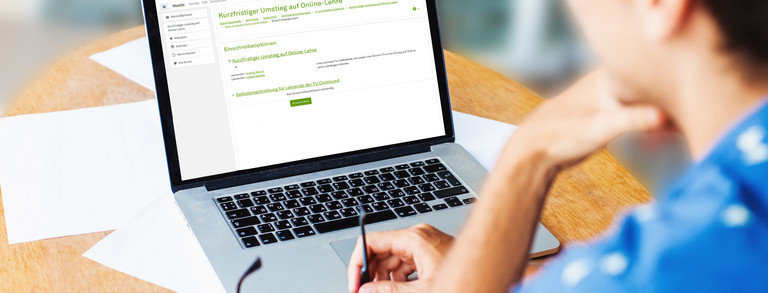Thesis defense of Kira Deltenre
- Defense
The electronic and magnetic properties of α-MnTe, an antiferromagnetic semiconductor
We calculated the electronic and magnetic degrees of freedom of -MnTe, an antiferromagnetic semiconductor, to investigate the coupling between the electronic and magnetic properties. To calculate magnonic excitations, we described the magnetic system as a Heisenberg model and solved it within the linear spin wave theory with the Holstein-Primakoff representation. We assumed that laser pulses change Heisenberg couplings in time, which induces magnons. We determined the effect of the driving strength, frequency, and duration. To capture relaxation, we included a phenomenological decay. We applied our model to experiments by using realistic parameters. We studied the electronic properties by calculating the band structure and the density of states with a tight-binding model. To determine the hopping parameters, we used the density functional theory. By introducing a splitting between the Mn 3d bands induced by correlations, we obtained a band gap. The projections to the atomic orbitals revealed that the valence band is formed by Te 5p bands while the conduction band consists of Mn 3d and Mn 4s contributions. To combine electronic and magnetic degrees of freedom, we calculated the Green’s function and the spin expection values for a one-band Kondo-Hubbard model describing the Mn 3d electrons with the dynamical mean field theory and the numerical renormalization group method. We measured the Mott gap in the paramagnetic and antiferromagnetic phase to quantify the magnetic blue shift. The narrowing of the bands causes mainly the increase of the Mott gap. By including the resulting self- energy into a multi-orbital tight-binding model, we calculated the semiconductor band gap. The band gap becomes smaller for lower temperatures in our modeling in contrast to the experimental finding, with the possible explaination discussed. The concrete characterization of electronic and magnetic properties of -MnTe and the proposed models might be a starting point for further analyses of the material. The presented methods can be also applied to other antiferromagnetic semiconductor systems.








